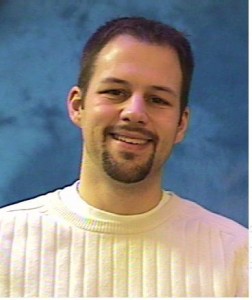By Gary Chumbley
I am routinely asked about concussion prevention and treatments, and with March being Brain Injury Awareness Month, I thought I would share some of the most common misconceptions and facts about traumatic brain injuries.
Many people are familiar with the new concussion law that went into effect July 1 of last year. A concussion is a type of traumatic brain injury that changes the way the brain works. While many are caused by a direct hit to the head, some may be caused by an indirect hit to the body.
Symptoms are not always obvious. They can be subtle such as headache, light-headedness or feeling sluggish, and they can take 48-72 hours after the injury to appear. A concussion can occur without loss of consciousness. Even if symptoms are subtle and only last a short time, it is still considered a concussion.
CT scans and MRIs are not always performed because they are typically normal after sustaining a concussion. Recovery from a concussion varies from person to person, and children and teens typically recover at a much slower rate than adults. Around 80 percent of concussed people recover within seven to 14 days, while 20 percent can take up to six months or longer to recover.
There are also misconceptions about sporting equipment and concussion prevention. While helmets do help to reduce the risk of fractures and severity of head trauma, they don’t do much to prevent concussions. Mouth guards also do not prevent concussions. They only protect your teeth and reduce the risk of mouth fractures. If there is a question on whether or not a player has a concussion, it’s best to follow the saying, “When in doubt, sit them out.” A player should return to play only after being symptom-free and assessed by a medical professional.
Research suggests that for every concussion, a person is one to two times more likely for a second, two to four times more likely for a third, and three to nine times more likely for a fourth. Remember that no two concussions are the same, and each one should be treated individually.



